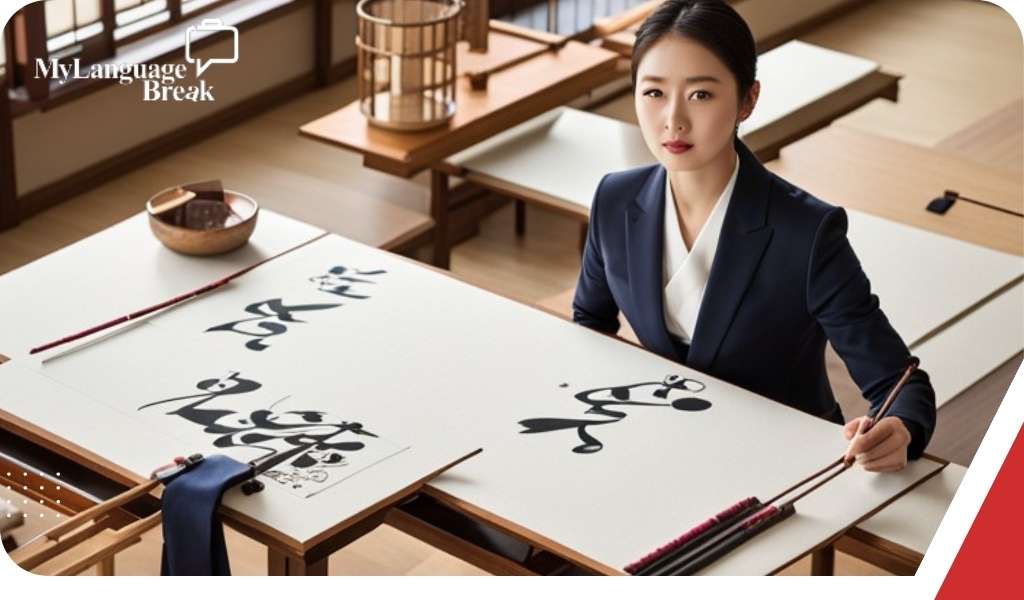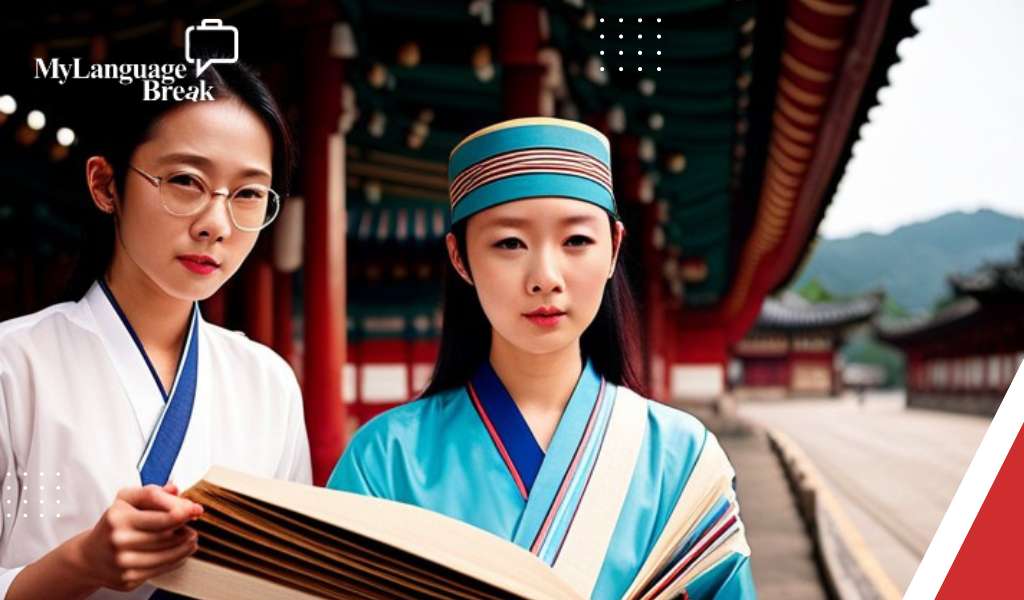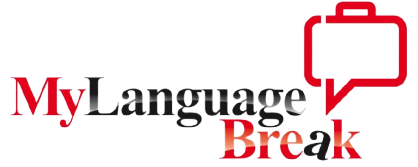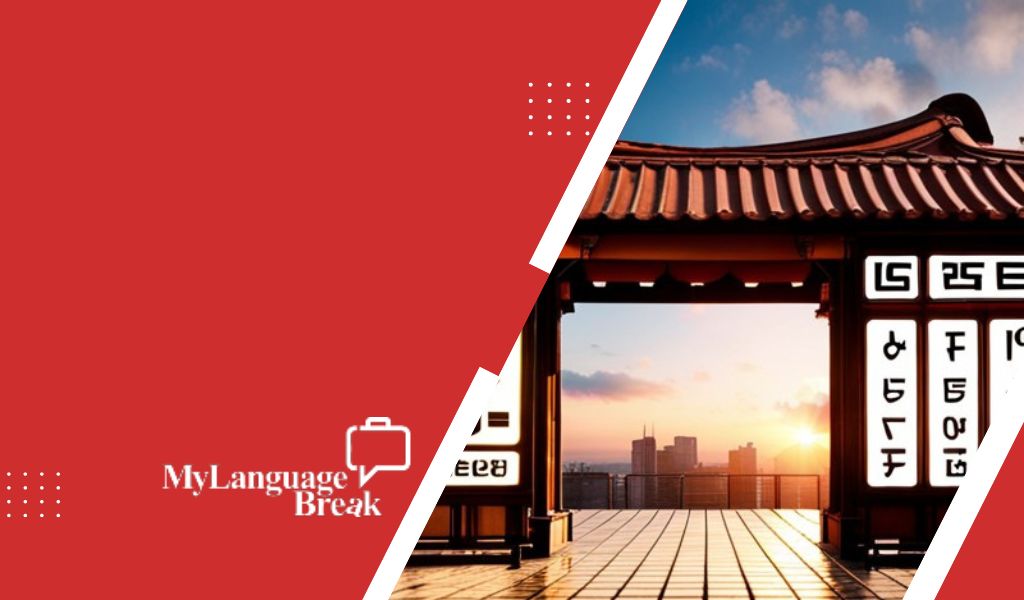If you want to learn Korean, one of the most important things you need to know is how to conjugate verbs. We will provide a beginner’s guide to Korean verb conjugation. We will cover the basics, such as how to form basic verb tenses, and we will also provide some tips on how to improve your Korean grammar skills. Let’s get started!

Korean Verb Conjugation: The Easiest of Them All
The Korean verb conjugation is much easier than in many other languages. There are three levels of formality and four tenses. This makes it relatively simple to express yourself correctly, depending on the situation. For example, you can use the informal form with friends, but switch to the formal form when speaking to a superior at work. In addition, there are four verb tense forms – past, present, future, and imperative – which are easy to understand and use.
The Strange Conjugation Rules of the Korean Language
Source: @fluentukorean8361 – Korean Verb Conjugation CLEARLY EXPLAINED (present, past, and future tense)
In Korean, you don’t have to consider the subject of the sentence when conjugating verbs. For example, in English, we say “I eat” and “she eats.” However, in Korean, the verb stays the same in both cases: 저는 먹어요 (I eat) and 그녀는 먹어요 (she eats). This can be helpful when speaking because you don’t have to keep track of every different subject pronoun. You can just focus on what you want to say without worrying about whether or not the verb matches up with the correct subject.
The Infinitive: A Basic Unit of Korean Verbs
The infinitive is a very important part of the Korean language. Unlike in English, where the infinitive is just written as “to + verb,” in Korean, the infinitive is the unconjugated form of the verb. This means that to conjugate a verb in Korean, you first have to separate the verb stem from the 다 ending. Once you have the verb stem, you can then conjugate it according to tense, mood, and politeness level. This can seem daunting at first, but with a little practice, it becomes second nature.

Korean’s Levels of Formality
Korean has different levels of formality that are determined by adding honorifics to certain words and changing the way verbs are conjugated.
There are three primary levels of formality: casual, polite low, and polite high.
- Casual formality is a great way to show that you respect someone, without coming across as too formal or stuffy. It’s perfect for people who are younger than you, or for close friends who you want to show some extra consideration. By using casual formality, you’ll be able to communicate with ease and sincerity, while still upholding a level of politeness and respect.
- In modern society, it is becoming increasingly common to see people using polite low formality in their everyday conversations. This can be seen in the way that people use words such as “sorry” and “thank you” in a less formal way than in previous generations. In some cases, this can even lead to people being less polite overall. For example, if someone bumps into you on the street, they may not say “sorry” as they would have in the past.
- When speaking with someone of a higher social status than you, it is important to maintain a polite and respectful demeanor. Using high formality in your language will show that you respect them and are taking their opinion seriously. This type of communication is often used in public service announcements, as it is important to come across as professional and courteous.
In Korean, the four most common tenses are present, past, future, and conditional. Each tense has its own unique set of rules for usage, which can be tricky to remember at first. However, with a little practice, you’ll be speaking in perfect tenses in no time! Just remember that most verbs will keep their original stem spelling when conjugated, but some may change their spelling slightly. And if you ever come across a verb you don’t know how to conjugate, there’s always the Verbix conjugation tool to help you out.
The Present Tense in Korean
The following is an example of how to conjugate a present-tense Korean verb. To conjugate, a present tense Korean verb simply drops the 다 ending from the verb stem and adds the appropriate formality ending.
- For casual formality, use 아 or 어.
- For polite low formality, use 아요 or 어요.
- And for polite high formality, use either 습니다 (if the verb ends in a consonant) or ㅂ니다 (if it ends in a vowel).
The polite form of verbs is used to indicate politeness when speaking to someone. In Korean, there are specific forms that must be used depending on the final vowel of the verb. If the vowel is ㅏ or ㅗ, then 아요 is used, but if the vowel is any other letter then 어요 is used. This system creates a distinction between formal and informal speech and shows respect for the person one is speaking to.
1. The rules for adding 아 and 어 are the same, regardless of whether the verb stem ends in a consonant or a vowel.
2. To conjugate verbs ending in 해, you remove the 해 and add 아 or 어.
3. To conjugate verbs ending in 이, you remove the 이 and add 아 or 어.
4. To conjugate verbs ending in a 를 suffix, you remove the 를 and add 아 or 어.
5. To conjugate verbs ending in 고, you add 어 to the verb stem.
6. Some common irregular verbs are listed below:
- 오다 (to come) → 왔어요
- 먹다 (to eat) → 먹었어요
- 읽다 (to read) → 읽었어요
하다 — to do
하다 is a very common verb in Korean. It conjugates differently than other verbs, becoming 해/해요 instead of 하요. The casual formality is 해, the polite low formality is 해요, and the polite high formality is 합니다.
가다 — to go
가다 is a very versatile verb that is used in many different contexts. It can be used to express going somewhere, as in “I’m going to the store.” It can also be used to express leaving something or someone, as in “I’m going home.” 가다 can also be used to ask someone where they are going, as in “Where are you going?”
달리다 — to run
달리다 is the Korean verb meaning “to run.” It is a very versatile word that can be used in many ways. For example, you can use it to describe someone running away from danger, running to catch a bus, or running a race. Its casual formality is 달려, polite low formality is 달려요, and polite high formality is 달립니다.

The Present Continuous Tense in Korean
It is a simple verb conjugation, and it is easy to use. You just add “ing” to the main verb, and you are good to go. This can be used to describe what someone is doing right now, or what is happening around them. It can also be used to describe a habitual action.
It provides a guide on how to conjugate Korean verbs into different levels of formality. To make it easier to understand, here is an example. The verb 만들다 (to create) can be conjugated into the casual formality by dropping the 다 ending and adding the 어 ending, making it 만든다. The polite low formality can be achieved by dropping the 다 ending and adding 요, making it 만
하다 — to do
하다 is a very versatile verb that can be used in many ways. The most basic form is to just say “I am doing (X).” For example, 하고 있어 (I am doing). You can also use this verb to say what you are doing at the moment. 하고 있습니다 (I am doing). This polite high formality level is typically used in more formal situations. Finally, you can also use 하다 to describe an action that someone is doing. For example, 하는 것이 아닙니다 (This isn’t something someone does).
가다 — to go
가다 is used to indicate that someone is in the process of going somewhere. The casual formality of 가다 is 가고 있어, while the polite low formality is 가고 있어요. The polite high formality of 가다 is 계십니다.
달리다 — to run
달리다 is a verb that means “to run.” The casual formality of this verb is 달리고 있어, the polite low formality is 달리고 있어요, and the polite high formality is 달릭다고 있습니다.
The Past Tense in Korean
The past tense in Korean is formed by adding 았다 or 었다 to the verb stem, depending on the last vowel in the verb. For example, if the verb ends in ㅗ or ㅏ, you add 았다 to the verb stem. If the last vowel isn’t one of these two, you add 었다.
The casual formality of 갔어 and the polite low formality of 가았어요 are both used to talk about what has already happened. They are both past tense forms of the verb 가다, which means “to go.” The polite high formality of 았습니다 is used when talking about what has already happened in a more formal situation.
하다 — to do
The most common usage is to indicate an action that has been completed, as in “I did my homework.” It can also be used to describe an ongoing action, as in “I am doing my homework.” Additionally, 하다 can be used to ask someone to do something, such as in “Can you do me a favor?” or “Please do your homework.”
가다 — to go
The Korean verb 가다, meaning “to go,” can be conjugated into different forms to reflect the speaker’s level of formality and comfort. The casual formality of 갔어 is used with people you are comfortable with, while the polite low formality of 갔어요 is used when speaking to someone of a lower rank than yourself or when addressing a group. The polite high formality of 갔습니다 is used when speaking to someone of a higher rank than yourself or in formal settings.
달리다 — to run
달리다 is a word that is used when someone is running. 달려요 is the polite way to say “you are running” and 달렸어 is the casual way to say “you ran.” When used politely in high formality, it is pronounced: “dalryeoss-seo.”
The Future Tense in Korean
The future tense in Korean is expressed in multiple ways. To make the future tense, drop the 다 ending from the verb and add ㄹ if the verb ends in a vowel or 을 if it ends in a consonant. Verbs ending in ㄹ do not need anything added to them. The casual formality of the future tense is Verb + ㄹ or 을 거야. The polite low formality of the future tense is Verb + ㄹ or 을 게야.
하다 — to do
하다 is a Korean verb that has various levels of formality, depending on how it is used. The casual formality of 하다 is 할 거야, which is used when talking to friends or people you are familiar with. The polite low formality of 하다 is 할 거예요, which is used when talking to people who are older than you, or who you do not know very well. The polite high formality of 하다 is 할 겁니다, which is used when talking to someone who is your superior at work, or in a social setting.
가다 — to go
가다 means “to go.” The casual formality is 갈 거야. The polite low formality is 갈 거예요. The polite high formality is 겁니다.
달리다 — to run
The verb 달리다, meaning “to run,” can be used in a casual formality as 달릴 거야, a polite low formality as 달릴 거예요, and polite high formality as 달릴 겁니다.
Conclusion
The Korean verb conjugation isn’t as difficult as it may seem at first. With a little bit of practice, you’ll be able to start using Korean verbs like a pro in no time.

